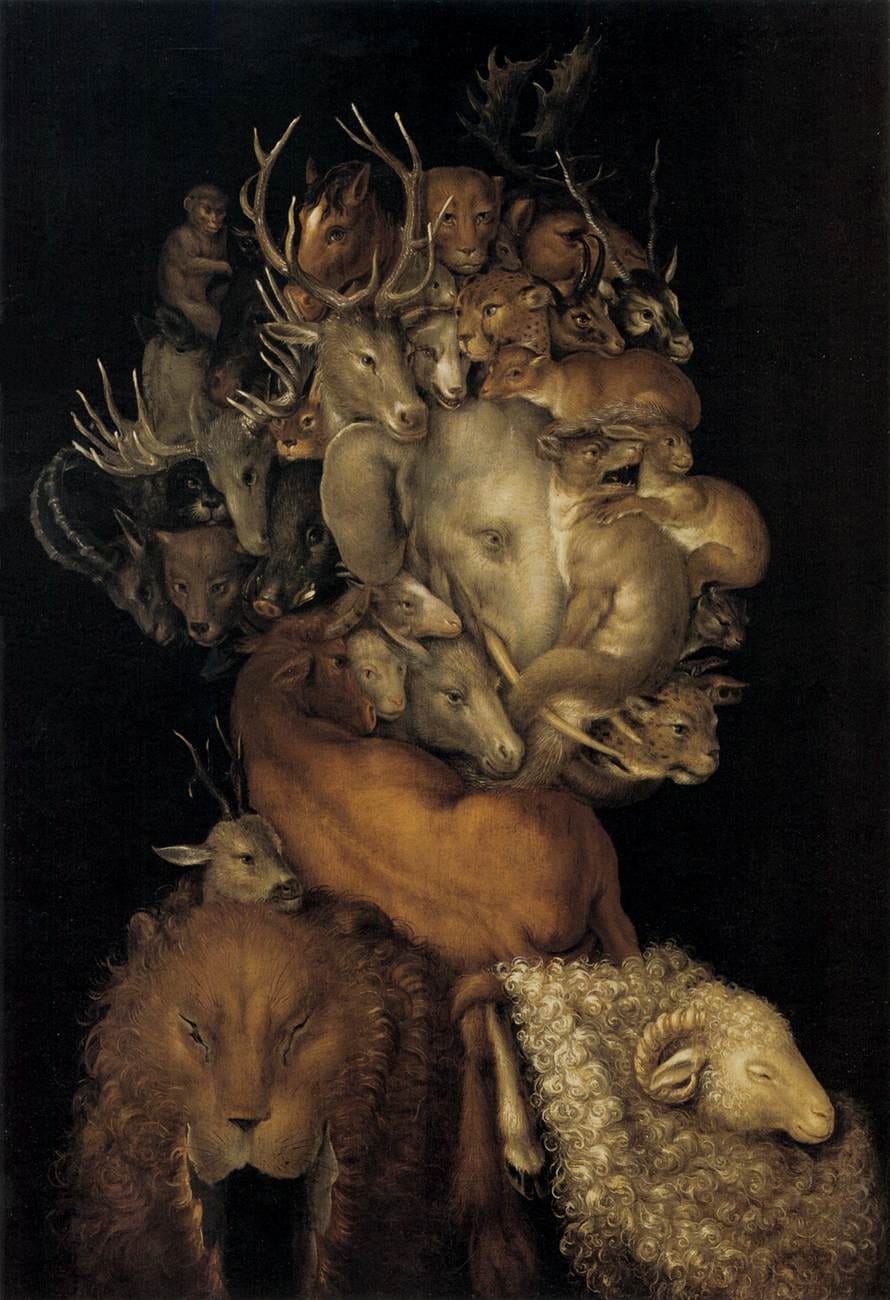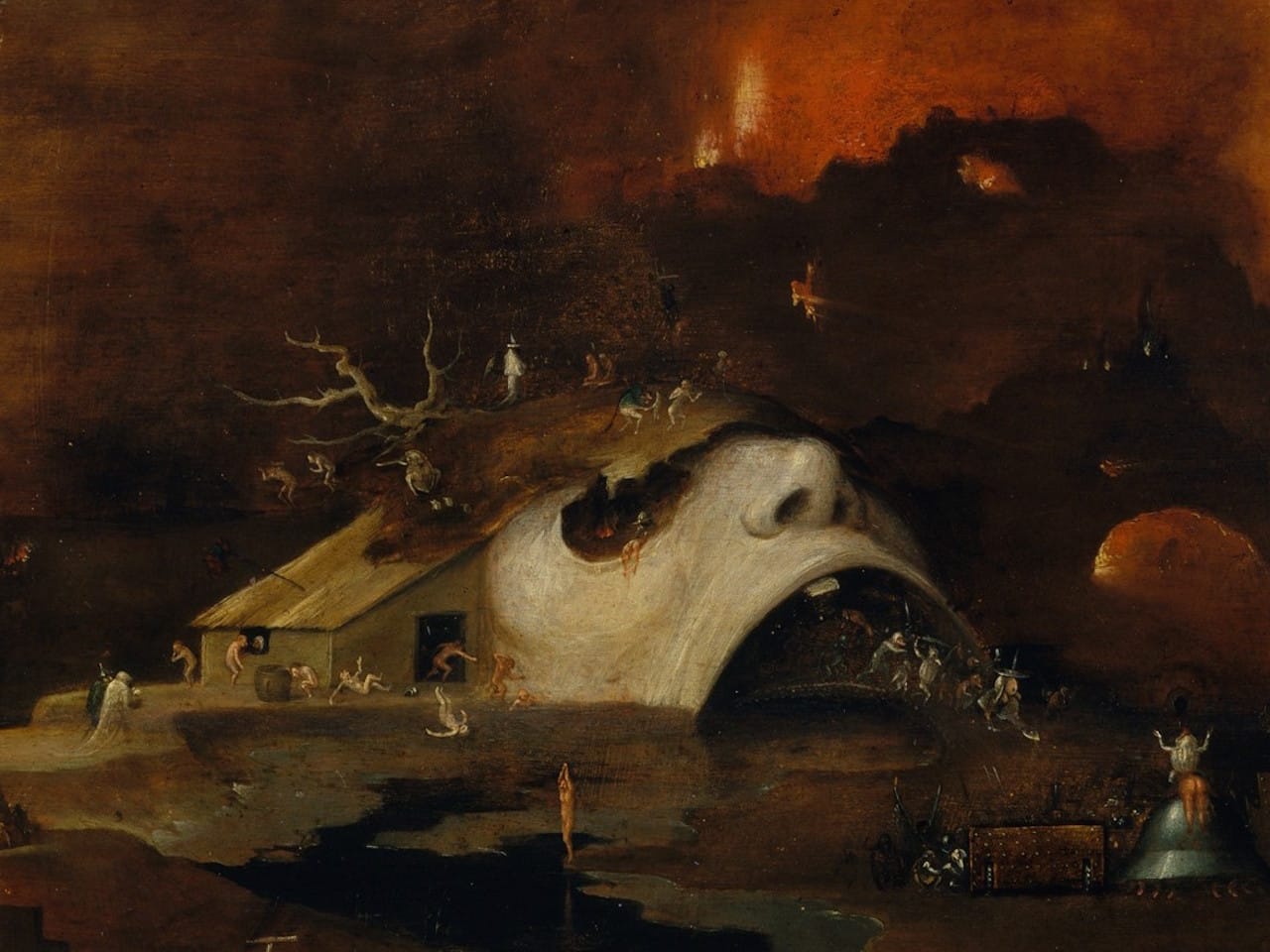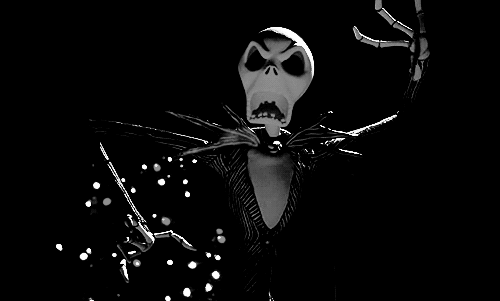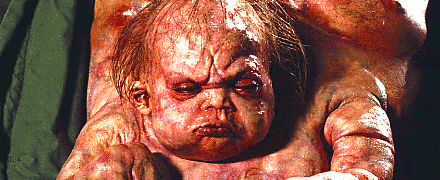When Abstract Sculptures Have Familiar Faces
While looking at Sophie Hirsch's solo show Autokorrekt at Brooklyn's Signal gallery last weekend, I got an acute pang of pareidolia from two pieces made from molds of peeled pomegranate fruit.

It doesn’t take much for an abstract arrangement of shapes to look like a face. There are Tumblr, Twitter, and Instagram feeds devoted to this phenomenon, which is formally known as “pareidolia.” While looking at Sophie Hirsch‘s solo show Autokorrekt at Brooklyn’s Signal gallery last weekend — which features intensely sensual abstract sculptures made of silicone, plaster, resin, Plexiglas, bubble wrap, and other hardware store supplies — I got an acute pang of pareidolia from two pieces made from molds of peeled pomegranates.

The objects — one a hydrocal plaster pile of the small, pockmarked, and scaly balls (“Untitled 5,” 2015, at top), the other a leaning plinth of sleek black marble whose underside is filled with pomegranate clusters (“Untitled 1,” 2015, directly above) — immediately conjured tumor-like accumulations of mutant faces. Some are smiling, others seem to be melting away or collapsing, others still have monstrous excesses of eyes, mouths, and noses. They look like the cast-off experiments of an aspiring Dr. Frankenstein, crumpled up and tossed in a pile. I kept expecting them to break into song, like the chorus in some science fiction musical. The sculptures’ irrepressible anthropomorphism brought to mind movies and artworks of a decidedly more figurative, fantastic sort.





I can’t look at Hirsch’s sculptures anymore without seeing dozens of tiny faces staring back at me, mouths agape, as if they’re about to speak.
Sophie Hirsch’s Autokorrekt continues at Signal (260 Johnson Avenue, Bushwick, Brooklyn) through April 26.




